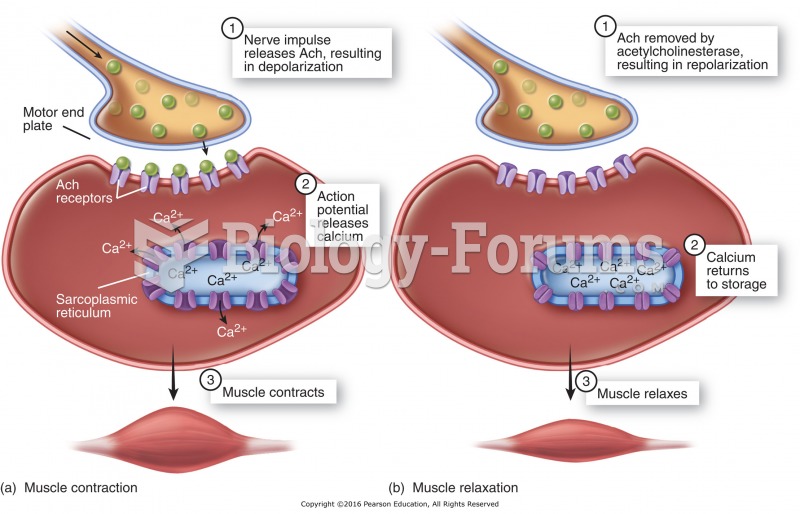Answer to Question 1
A
Answer to Question 2
Agonist substitution is a type of therapy that substitutes a chemically similar safe medication for the drug of abuse. Chemically safe means several things. First, the substitute drug binds with the same receptors as the target drug, thereby preventing any pharmacological effect (high) of the target drug. Although the substitute shares many similarities with the target drug, it also differs in several key ways. The substitute works more slowly and has fewer acute pharmacological effects, with no resulting high and subsequent crash. Although there may be some potential for drug dependence, it typically is far less severe than with the target drug. People taking an agonist substitution drug are still taking a drug regularly, but with few of the social, occupational, and physical impairments associated with the target drug. The most widely known agonist substitute is methadone, used as a replacement for heroin. Distributed under controlled conditions in methadone clinics, methadone removes the substantial risk associated with obtaining and injecting heroin. Some individuals continue on methadone therapy indefinitely, but considerable evidence suggests that coupling methadone with counseling, individual psychotherapy, or contingency contracting improves treatment outcome.
Whereas methadone replacement substitutes one drug for another, some replacement therapies vary the method of drug delivery rather than the drug itself. Nicotine replacement therapy (NRT) is safe and effective when used as part of a comprehensive smoking cessation program. NRT is available over the counter as gum or a patch and by prescription as a puffer or inhaler or sublingual (under the tongue) lozenges. NRT replaces nicotine from cigarettes, reduces withdrawal symptoms, and helps the patient resist the urge to smoke. NRT approaches increase the odds of quitting approximately 1.5- to 2-fold both with and without additional counseling.
Antagonist Treatments: Since the positively reinforcing effects of drugs appear to be a major factor in their use, could drug use be discontinued if these sensations were blocked by a drug that antagonized (acted against) the action of the drug of abuse? Several studies have examined the efficacy of the opioid antagonists naltrexone and nalmefene to treat alcohol abuse. Naltrexone reduces the risk of relapse to heavy drinking and the frequency of drinking when compared with placebo, but it does not substantially enhance abstinence. More recently, long-acting injectible preparations of naltrexone were found to reduce heavy drinking among alcohol-dependent patients during 6 months of therapy. Although antagonist drugs do not miraculously reverse drug use, they are a valuable pharmacologic tool worthy of further investigation.
Similar to aversion therapy, aversive pharmacologic interventions pair ingestion of the substance with a noxious physical reaction. The best known substance is disulfiram or Antabuse. Disulfiram prevents the breakdown of acetaldehyde (found in alcohol), and the buildup of this substance in the body produces the noxious feelings. While taking Antabuse, people who consume alcohol experience nausea, vomiting, and increased heart rate and respiration. Controlled studies of disulfiram reveal mixed results. Drinking frequency is reduced, but minimal evidence has been found to support improved continuous abstinence rates. Discontinuing the drug is all that is required to return to drinking without the noxious symptoms.
A truly novel approach to treatment is immunopharmacothera pyor vaccination against drug use. By giving someone a vaccine, antibodies are produced that bind to the targeted drug before it reaches the brain and therefore block its positive, reinforcing effects. By attaching drugs to proteins from the blood, an immune response can be triggered, and the body generates antibodies against them. As early as 1974, it was discovered that when rhesus monkeys already addicted to heroin were vaccinated, the monkeys significantly reduced their lever pressing for heroin, indicating that the vaccine blocked the heroin high. Since then, animal models have been developed for immunization against cocaine, nicotine, hallucinogens, and methamphetamine, suggesting the potential efficacy of these treatments in humans. Human clinical trials are currently underway for vaccines against cocaine and nicotine. If effective, this intervention could have intriguing social ramifications.







